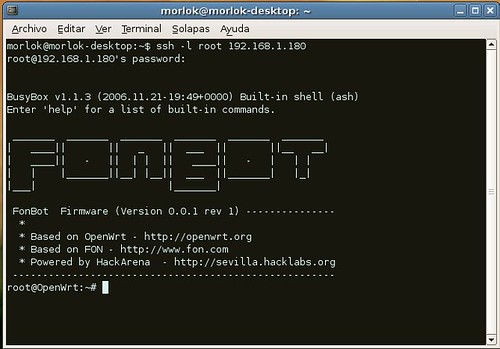Seminar on Real-Time Operating Systems
A real-time operating system (RTOS) is an operating system (OS) intended to serve real-time application requests.
A key characteristic of a RTOS is the level of its consistency concerning the amount of time it takes to accept and complete an application's task; the variability is jitter. A hard real-time operating system has less jitter than a soft real-time operating system. The chief design goal is not high throughput, but rather a guarantee of a soft or hard performance category. A RTOS that can usually or generally meet a deadline is a soft real-time OS, but if it can meet a deadline deterministically it is a hard real-time OS.
A real-time OS has an advanced algorithm for scheduling. Scheduler flexibility enables a wider, computer-system orchestration of process priorities, but a real-time OS is more frequently dedicated to a narrow set of applications. Key factors in a real-time OS are minimal interrupt latency and minimal thread switching latency, but a real-time OS is valued more for how quickly or how predictably it can respond than for the amount of work it can perform in a given period of time.

Power point presentation on real-time operating system


0 comments:
Post a Comment